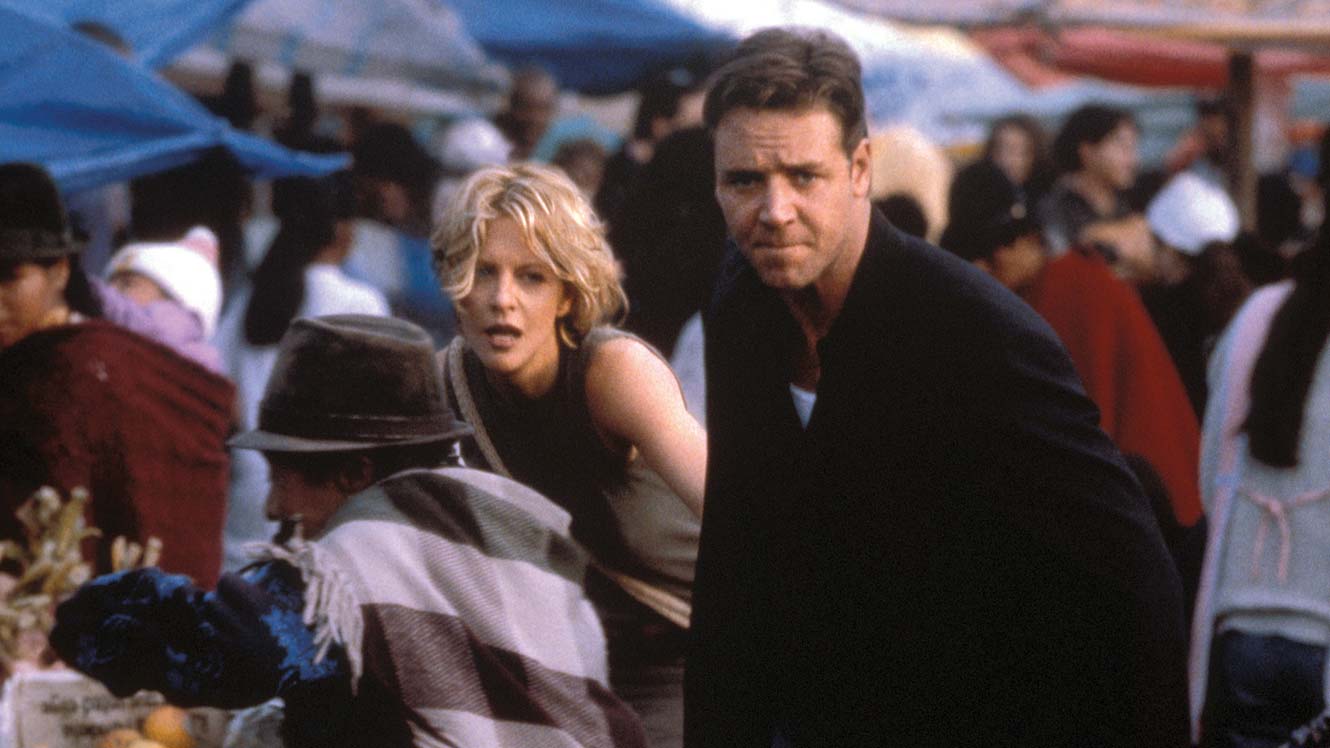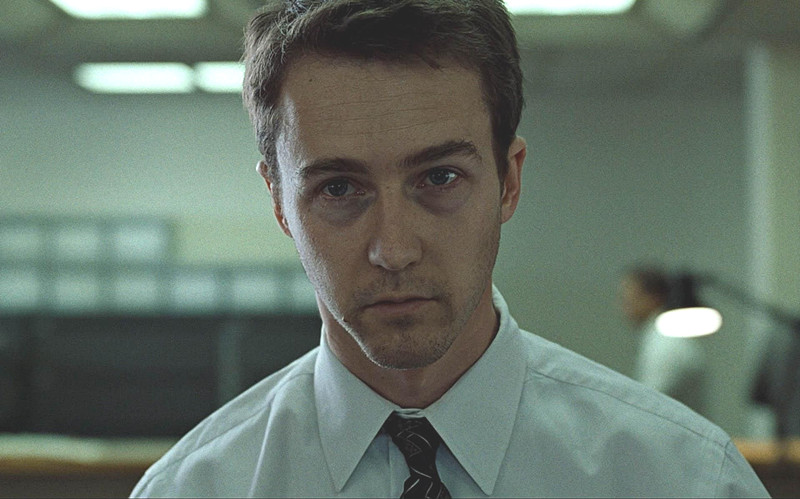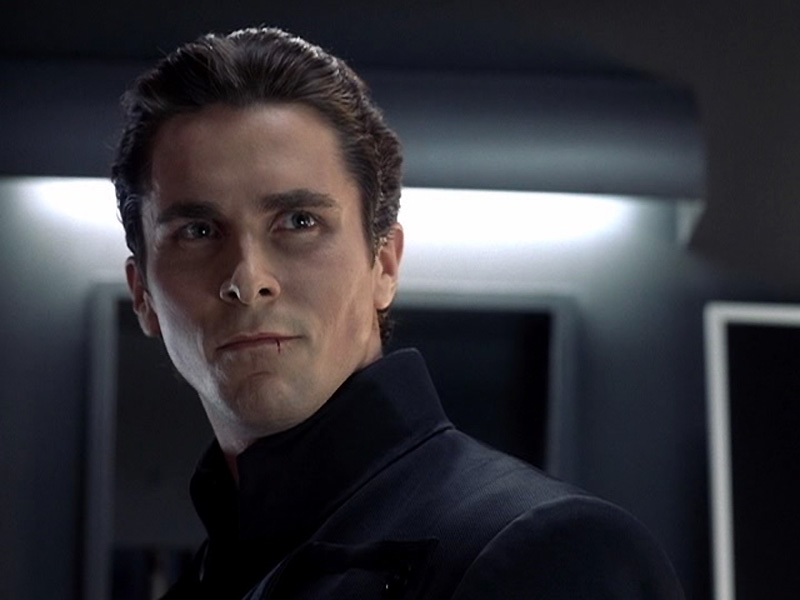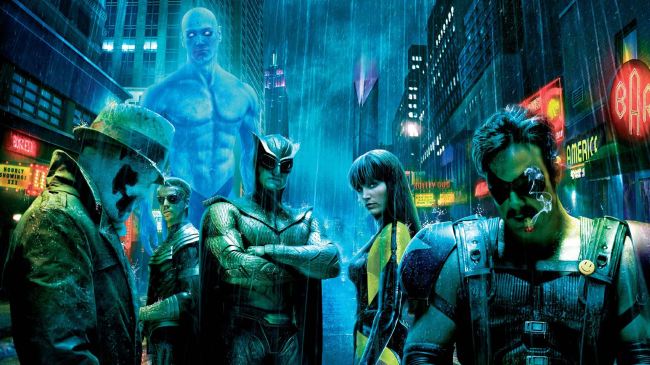5. Ender’s Game
When you are late to your own party

Before there was The Hunger Games there was Ender’s Game. The 1985 novel by Orson Scott Card is known to librarians as one of the books most often “stolen” because a reader takes it out, falls in love with it, and cannot bear to bring it back to the library. Card had been working for decades to bring the story to the big screen but the inability to recruit impressive child actors always seemed to be an impossible barrier to overcome.
The novel itself heralded the idea of children competing against one another in “War Games.” Other tropes of the genre such as authoritarian (adult) figures pulling the strings, bullies, as well as separate groups or “tribes” originated in this Hugo and Nebula Award winning masterpiece.
Unfortunately for Card and for his fans, by the time the film was released in 2013, the original looked like a copy of a copy. With The Hunger Games arriving in theaters in 2012, and books like Twilight, The Divergent Series, and Legend fresh in the minds’ of moviegoers, Ender’s Game appeared to be just another film trying to cash in on the then enormous YA cash cow.
Couple that with the fact that Ender’s Game doesn’t have a love triangle (a requirement for a YA film if it wants to attract both boys and girls) as well as the horrible timing of Card’s religious beliefs being taken to task, and Ender’s Game appeared to be not just controversial, but unoriginal.
The timing of this film was a just a little bit off and as a result, it has never gotten its due as the “Father of the Dystopian Games Genre.”
It is a shame since this film, while not doing the book justice, has some creative action sequences and a surprising ending. Instead of being recognized as the cinematic extension of an original genre, it is misidentified and misunderstood as just another YA wannabee.
4. Proof of Life
When the tabloid news overshadows the film

In order to be truly immersed in a film, the spectator must see beyond the actor acting and get lost in the film. Whenever Judy Dench appears in a film, usually to play the crusty lady who tells it like it is, Dench the actress looms so large that often the onlooker sees acting when the artifice should be totally hidden.
Proof of Life was hurt by the timing of its release coinciding with the news that its stars were engaged in an affair. “America’s Sweetheart,” Meg Ryan of When Harry Met Sally and Sleepless in Seattle was suddenly cast as a homewrecker, ruining her marriage to Dennis Quaid.
Russell Crowe, fresh off The Insider and Gladiator had emerged as a superstar and something of a “bad boy.” Proof of Life itself dealt with the issue of a strained marriage and Ryan was playing a woman in the film who was contemplating cheating on her husband.
The blurring of the lines between life imitating art and art imitating life kept audiences away. They figured they had already seen the movie play out in the tabloids. It was almost impossible to view and immerse in the film with all the noise in the background and the blinding glare of the tabloid exposure and lurid focus.
Proof of Life is actually a fascinating movie about the business of kidnapping, international politics, and the drama of ordinary people confronting extraordinary circumstances. It also features one of the best and most realistic rescue scenes in all of film.
With the passage of time, no one viewing this film will think of it as “The Film That Broke-Up Meg Ryan’s Marriage” and it is certainly worth watching now that the audience can divorce itself from the reality of its stars’ lives.
3. Fight Club
When the critics haven’t caught up with the Zeitgeist

It is hard to believe it now, but there was a time when Fight Club was a box office bomb. The film, often ranked in the Top Ten on IMDB’s Top 250 Films List and currently considered not just a “cult classic,” but a “classic” period, lost about $30,000,000 at the Box Office in 1999.
Fight Club was The Wild One of its generation. It is on the same page as American Beauty and The Matrix, films also released at the end of the 20th Century that spoke to the sense of ennui so many people were then experiencing. It tapped into the dangers of consumerism and disconnect to nature and real experiences.
The critics at the time, however, were unable to appreciate its clarion call, and dismissed it as too violent and misogynistic. Those mixed critical and shortsighted views were enough to prevent it from gaining a following in the theaters.
The film was ahead not of its time, but of the critics of that time. A new cadre of critics, fueled by the egalitarianism of the Internet, has since, because of the passage of time, caught up with the film and broken the first rule of Fight Club and started talking about it.
2. Equilibrium
When you are cursed by The Matrix

Had Equilibrium been called Fahrenheit 451: The Movie, there is no doubt it would have been better received than when it was released. The film is strikingly similar to Bradbury’s 451 in terms of a Dystopian vision of a world that has banned art in all its forms. While it deviates from the novel in many ways, such as establishing martial arts Grammaton Clerics instead of Firemen as the “Censorship Police,” it stays true to the spirit of the novel.
Instead, Equilibrium was seen as a Matrix rip-off. Rather than trying to enhance the genre, it was perceived of as copy of its predecessor.
The ill-timed decision to dress Equilibrium’s stars in flowing black uniforms, for example, sent the message to the market that it was trying to ride the success of The Matrix wave. Matrix-style fight scenes which incorporated wire-work, were also sprouting all over film as Equilibrium was unable to distinguish itself amidst a crowded genre.
When not compared to The Matrix, Equilibrium stands on its own as a moving “Rebirth” film with its own unique style. Directors should note, however, that when a genre or aesthetic first arrives or reaches its high mark, anything made in its recent shadow cannot find the light and should time their creations and release dates accordingly.
1. Watchmen
When you Post-Modern before there is a Modern

The fine line between “cute” and “classic” is often a matter of perspective. In Clint Eastwood’s Best Picture Winner, Unforgiven, there is a scene where Clint himself cannot hit a target can with his six-shooter.
Frustrated, he goes inside, and emerges brandishing a shotgun, and blows the can away. Without having any sort of background knowledge in the genre of “The Western,” a person would think this scene is “cute” and that the washed up cowboy is having trouble aiming so he uses a bigger gun.
An audience that has a film literacy, however; an audience that looks at Eastwood and sees the cowboy as “The Man With No Name,” recognizes that the scene is “classic.” In essence, Eastwood becomes a Meta character of himself playing all those cowboys and showing what happens when they get old.
He is deconstructing his own role in the mythology of the West; a role which he helped create and which he is now tearing down. Having taught the audience that Clint can’t miss, he is now showing them just how foolish that notion truly was.
Had Unforgiven been one of the first Westerns released, neither that scene nor the entire film would have been effective or “worked” because it would have been misread by a public that was illiterate in that particular genre because there was no canon to be read.
Watchmen, the 1986 graphic novel by Alan Moore, is the high mark of the comic book format and was comprehended by the fanboy audience that appreciated its greatness as a Post-Modern take on the Superhero genre.
It was written for a comic book following that understood that The Comedian represented the twisted nightmare of what was Captain America’s “American Dream.” They understood that Night Owl was Batman with his gadgets, but Rorschach was Batman with his pathology unchecked.
Behind Ozymandias’ fancy name and costume, he was really a Tony Stark wielding the power of a corporation that was ultimately more powerful than his actual “super powers.” They knew how to “read” Watchmen the comic.
At the time of Watchmen the film’s release in 2009, the movie-going public was still just being (re)introduced to the Superhero film and it was not yet a full-fledged genre onto itself.
For every hit like Spider-Man, X-Men, and the Christopher Nolan directed Batman films, there was a Daredevil or Fantastic Four that looked to derail the Superhero machine that, at the time, was making films isolated from one another.
With the exception of comic book fans, average filmgoers just didn’t understand the notion of a Connected Universe until the advent of Iron Man 2 and The Avengers films which were released after Watchmen.
They just didn’t quite “get” what Watchmen was offering because they couldn’t see in the unfamiliar Watchmen what would become familiar to them later on after consuming dozens of Superhero films. The context had to be created in order to appreciate the content.
Despite some strong reviews by critics, Watchmen underperformed at the box office making only $107,000,000 against its $130,000,000 estimated budget. Though the film has since become a cult classic, it remains a cautionary tale to other filmmakers who seek to deconstruct a genre before it is constructed. For people working on a film called “Watchman,” it is pretty ironic just how off they were on their timing.
Author Bio: H. Aaron Goldman is a high school teacher and administrator whose passions include books, movies, and Settlers of Catan. You can reach him at haarongoldman@gmail.com to discuss film or challenge him to a game of Settlers.